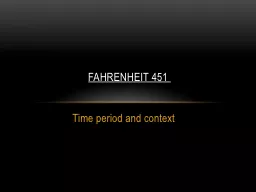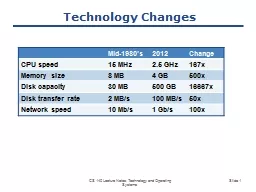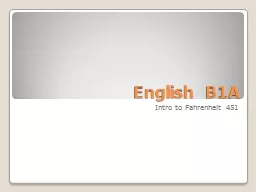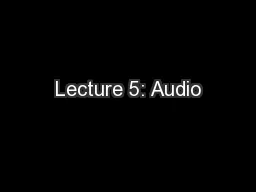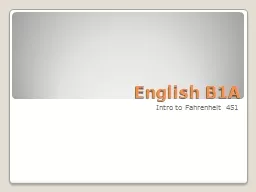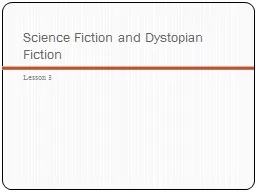PPT-Intro to Fahrenheit 451 Lecture Notes, Background, and Themes
Author : liane-varnes | Published Date : 2018-09-25
Ray Bradbury 19202012 As a child Bradbury recalls an intense fascination with monsters magicians and adventure films He began writing stories at the age of 12 He
Presentation Embed Code
Download Presentation
Download Presentation The PPT/PDF document "Intro to Fahrenheit 451 Lecture Notes, B..." is the property of its rightful owner. Permission is granted to download and print the materials on this website for personal, non-commercial use only, and to display it on your personal computer provided you do not modify the materials and that you retain all copyright notices contained in the materials. By downloading content from our website, you accept the terms of this agreement.
Intro to Fahrenheit 451 Lecture Notes, Background, and Themes: Transcript
Download Rules Of Document
"Intro to Fahrenheit 451 Lecture Notes, Background, and Themes"The content belongs to its owner. You may download and print it for personal use, without modification, and keep all copyright notices. By downloading, you agree to these terms.
Related Documents



